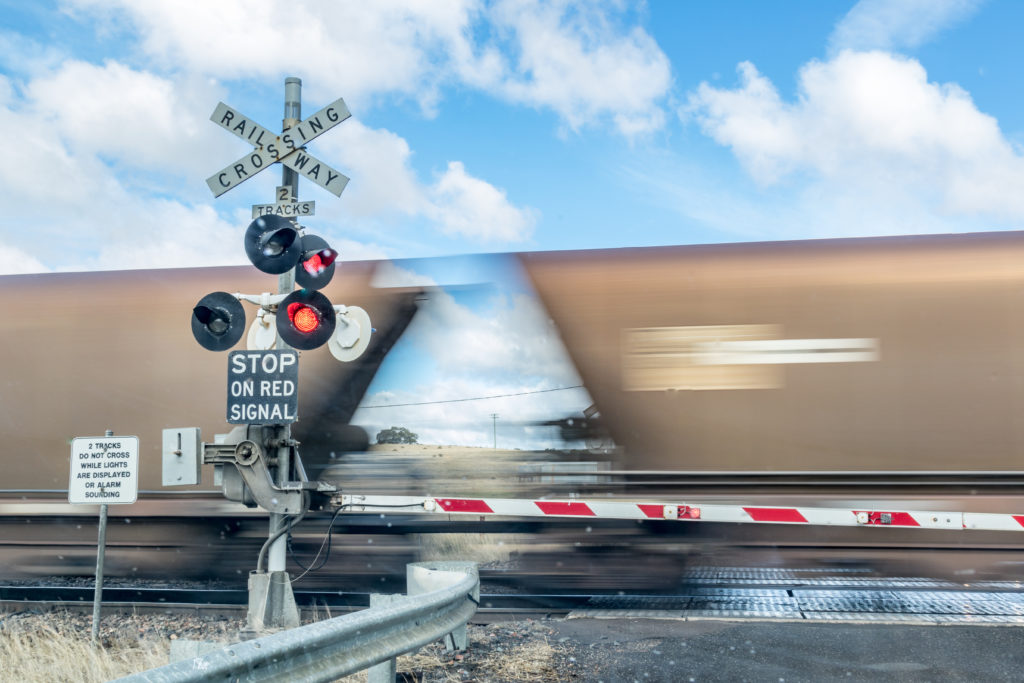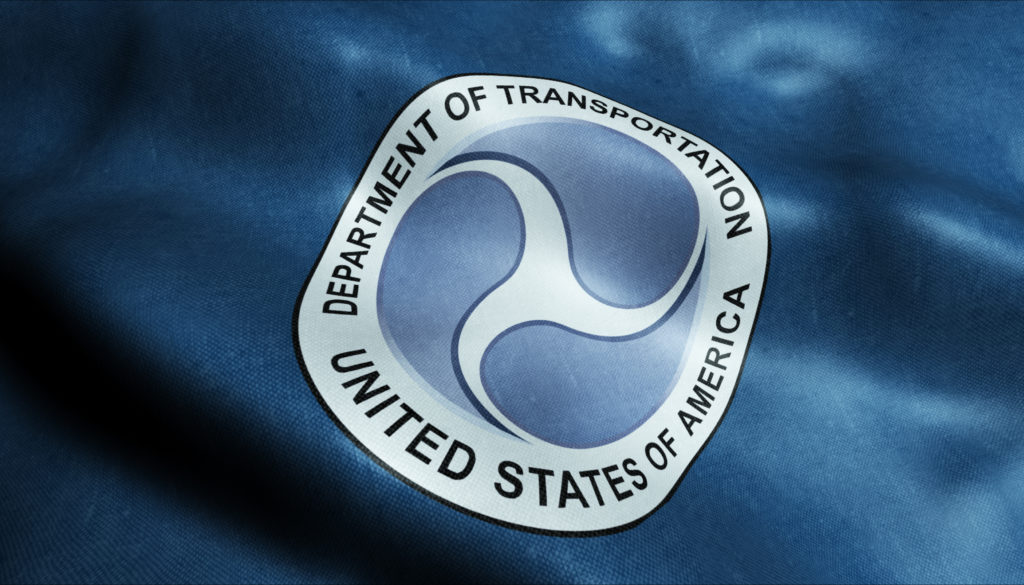
The Federal Motor Carrier Safety Administration is proposing a program relaxing hours-of-service rules that mandate drivers of property-carrying commercial motor vehicles complete their driving within a 14-hour window.
The Split Duty Period Pilot Program, as it’s been named, will allow drivers to pause their driving time with an off-duty period of between 30 minutes and three hours–as long as the driver takes 10 total consecutive hours off-duty after his or her work shift.
On August 28th, the agency announced its request for public comment regarding the pilot.
“Truckers are American heroes–they keep our supply chain moving; they carry essential goods we need to maintain our daily lives,” said Elaine L. Chao, U.S. Transportation Secretary. “The Department is seeking public comments on providing additional flexibility for truckers as they work to service our country during this public health crisis.”
Pilot program participation will be granted to a limited number of commercial drivers. FMCSA said the study group for the pilot program will include small, medium, and large carrier commercial carriers as well as independent owner-operators. To qualify, motor carriers need to meet criteria regarding crash rates, and cannot have a rate exceeding the national average. Carriers must also adhere to pilot program regulations and procedures, allow researchers to implement a video-based monitoring system onboard their trucks, and also allow them to obtain records-of-duty status information for all participating drivers.
FMCSA is planning to study a sample of between 200 and 400 drivers for the pilot program, which it estimates will operate for three years at most. All data gathered will be used to analyze the safety of an hours-of-service change such as this.
“FMCSA wants to hear directly from drivers about the possibility and safety of an hours-of-service pause pilot program,” said Jim Mullen, acting Administrator for FMCSA. “The agency remains committed to exploring ways to improve safety on our roadways, while increasing flexibility for truckers. We encourage drivers, motor carriers, and interested citizens to review the proposed pilot program and provide substantive public comments for FMCSA to review.”
This program announcement comes just a month before widely-discussed hours-of-service regulations go into effect on September 29th, and only days before Mullen leaves his post with the agency at the end of August. Upon his stepping down, senior policy adviser at DOT’s Office of the Secretary, Wiley Deck, will take on the deputy administrator role.
“In our comments on the recently revised hours-of-service rules, we called for a pilot program to study the impacts this type of change would have on highway safety and our industry, said spokesman for American Trucking Associations, Sean McNally. “We are pleased to see that FMCSA has taken our suggestion, and we will work with the agency to ensure this program yields meaningful data that can be used for future rulemakings.”
FMCSA’s final hours-of-service modification notice was issued May 14th, and originally said nothing regarding the 14-hour driving window rule.
The final rule did, however depict four changes meant to boost regulation flexibility, such as relaxation of the 30-minute rest break rule, which required a trucker to take a break after every eight hours of consecutive driving. The change allows a driver’s mandatory break requirement to be met by using an “on-duty, not driving” status instead of an “off-duty” status.
The final revision also changes the split sleeper berth regulation to allow drivers the ability to choose to split their necessary 10 hour off-duty time into two periods–an 8 hour/2 hour split or a 7-hour/3-hour split. Neither choice of hour division would have counted against a 14-hour window mandate.
Additionally, the rule changes modify the adverse driving conditions exception, so that the maximum driving window permitted can be extended by two additional hours during challenging weather or driving conditions. It also allows for the lengthening of a driver’s maximum on-duty period from 12 to 14 total hours, and extends a driver’s operating distance limit from 100 air miles to 150 air miles.
“OOIDA commends DOT and FMCSA for proposing the Split Duty Period Pilot Program,” said executive vice president of the Owner-Operator Independent Drivers Association, Lewie Pugh. “While we advocated that the final hours-of-service rule should have included the split duty provision, we think the pilot program can provide substantive data to permanently give drivers more control over their daily schedules.”




